
Published:
Readtime: 11 min
Every product is carefully selected by our editors and experts. If you buy from a link, we may earn a commission. Learn more. For more information on how we test products, click here.
We’ve been waiting a long time for Nintendo to drop the Switch 2. Rumours of an improved handheld have swirled around the company for as long as I can remember, but it’s actually here now – and I’m happy to report that it’s essentially an improvement over the original Switch almost in every way.
I’ve been using the it for the past week and I’ve got some thoughts. It sold 3.5 million units in less than a week and is effectively sold out everywhere, so I think Nintendo’s probably got a winner on its hands, but being a better console than the original Switch (technically, at least) doesn’t make the Switch 2 perfect.
There’s some really great design and performance packed into a relatively small chassis, but I don’t think everything Nintendo did with this is an immediate slam dunk. So, what do we think? Let’s dive in.
Tech Specs
| Nintendo Switch 2 | |
| Price | AUD$699 (console only) AUD$769 (w/ Mario Kart World) |
| Screen | 7.9” 1080p LCD screen 279 pixels-per-inch Up to 120hz refresh rate HDR capable 10-point multi touch |
| GPU | NVIDIA custom Ampere 1007MHz (docked), 561MHz (mobile), Max 1.4GHz |
| CPU | 8x ARM Cortex A78C 998MHz (docked), 1101MHz mobile, Max 1.7GHz 1536 CUDA Cores |
| Memory | 12GB LPDDR5 RAM |
| Battery | 5220mAh Approximately 2-6 hours playtime Approximately 3 hours to charge to full |
| Storage | 256GB |
| Ports | Game Card Slot 2 USB-C ports 4-pole stereo 3.5mm audio jack microSD Express card slot |
| Dimensions | 166mm x 272mm x 13.9mmApproximately 401 grams |
| What’s in the Box | – Switch 2 Console – Joy-Con 2 controllers (L+R) – Joy-Con 2 Grip – Joy-Con 2 Straps – Nintendo Switch 2 Dock – Ultra High-Speed HDMI Cable – Nintendo Switch 2 AC Adapter – USB-C Charging Cable – Mario Kart World Download Code (in bundle) |
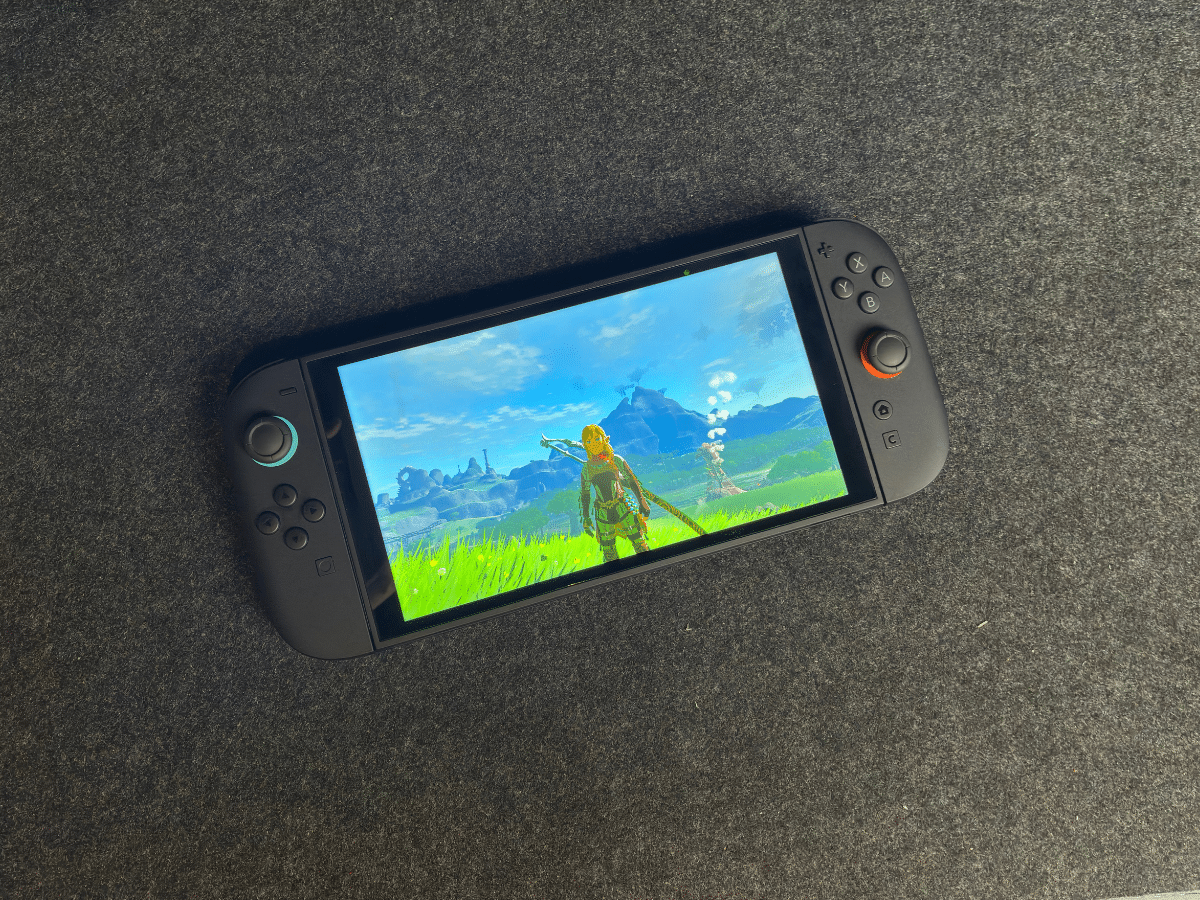
A Great Console with Room to Grow
Let’s start strong: the big new feature, in my opinion, is just how good the screen is. It’s the first thing you see, and it’s fantastic: a 7.9’’ 1080p 120hz LCD display that honestly puts a lot of other handheld console displays to shame.
That 120hz refresh rate feels a bit hypothetical at the moment though, as there’s no software that actually supports it in any meaningful way, but the 1080p resolution on such a small handheld is really good. We’ve had other handhelds with higher resolution displays, but they tend to not really be powerful enough to actually play games at those higher resolutions for very long – a densely-packed 1080p is more than enough for a screen this big and a console this powerful, and helps Switch games pop off in ways they weren’t quite able to on the OG handheld.
I’m very hopeful that there’ll be more games than just the upcoming Metroid Prime 4: Beyond that take advantage of the 120hz display, but we ultimately don’t know what else is coming down the pipeline there.
For what it’s worth, it feels like the Switch 2 has a lot more power to play with than the previous console. I tried out the original version of Legend of Zelda: Tears of the Kingdom on the Switch 2, and was baffled by how poor the frame-rate was out in the open world, but after realising I hadn’t downloaded the upgrade pack (which we’ll get to below) and doing so, it sat at a locked 60fps in both handheld and docked mode, and—low-res textures aside—looked incredible at 4K.
I didn’t get a chance to test Cyberpunk 2077 (it’s AUD$120, and I’m not paying that for any game, honestly), but performance on that seems to be solid: sitting at a comfy 30-40fps on one of the most technically demanding games of the past few years. We’ve come a long way from the Switch needing cloud versions of AAA games to work, which I’m praying are a thing of the past.
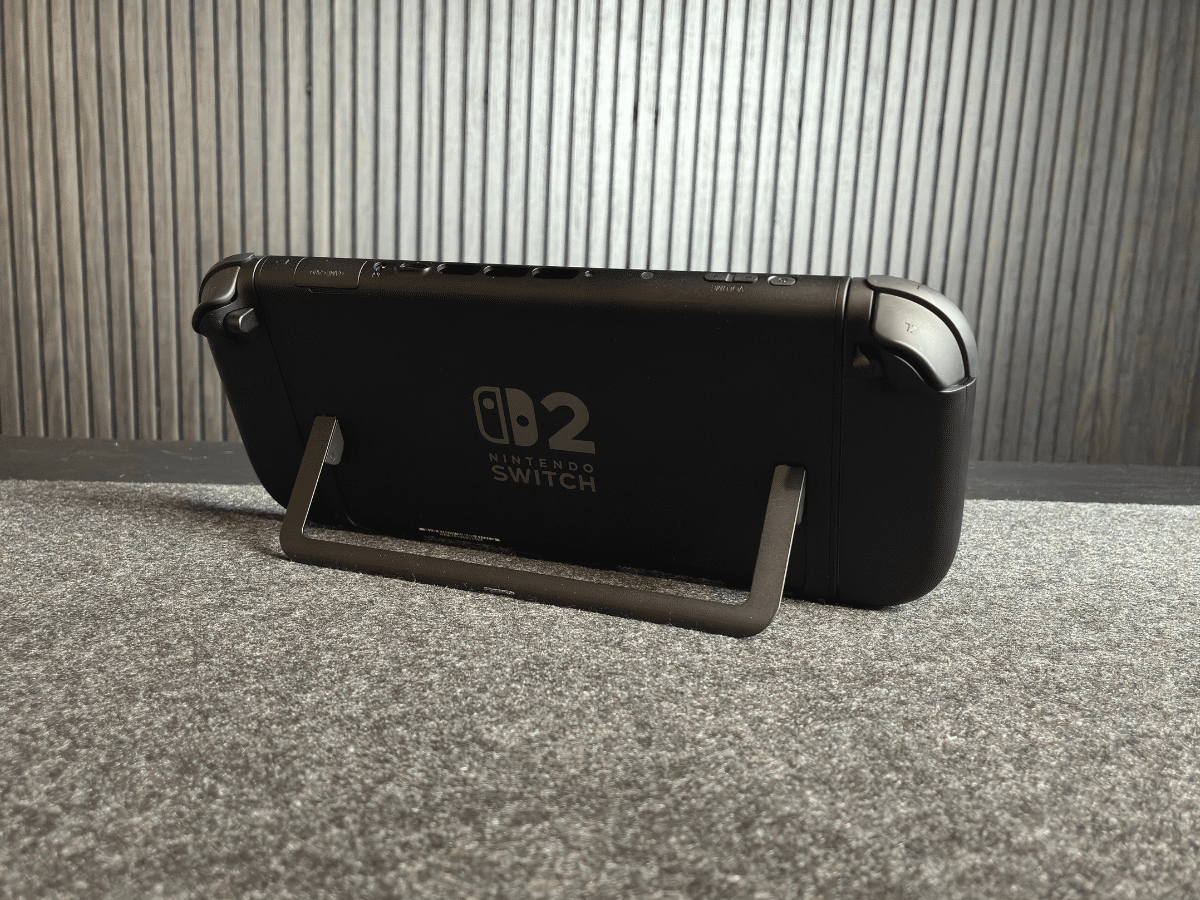
As for ways to play, the Switch 2 keeps the flexibility of the original console, while adding some new ideas: open up the much-improved kickstand and it works great as a tabletop console, or connect it to the included dock and you get something more akin to a traditional home console.
That dock has some actual juice in it this time, with some upscaling tech that can push games up into 4K territory on compatible TVs, though at a max of 60fps. I wasn’t sure how well this’d actually work, as I’m not really an AI-upscaled-games kind-of guy, but in my testing these ended up looking great on the bigger screen – something that wasn’t always the case with the original console.

It’s Not all Good, Though
Speaking of the original Switch, the Switch 2 is quite a bit bigger that its predecessor but still sits at a smaller footprint than many of the PC-based handhelds out there today, like the Steam Deck, ROG Ally X, or the Lenovo Legion Go.
It’s also much thinner than any of those devices, though that’s not always a good thing: it’s one of the least comfortable handheld gaming experiences I’ve had, largely due to the fact that it’s essentially just a flat tablet with some buttons on either side. Nintendo made no effort to include any kind of hand grips on the Joy-Cons, which I think is a big issue.
After playing this thing for longer than 10 minutes or so, my hands start to fatigue and the corners feel like they’re digging into my palms. There’s nothing ergonomic about this thing beyond it being pretty light, and I’m hoping there are some good third-party Joy-Con alternatives out in the next few months to fill that gap—although I’d have preferred it if Nintendo had just made the device comfortable from the start.
The buttons are totally fine for a handheld, but the analogue sticks are still the same tiny, shallow things as on the original Switch. They’re technically bigger than those, but feel quite a bit smaller than most other analogue sticks out on the market today. Go from an Xbox or PlayStation controller to a Switch 2 Joy-Con and you’ll see what I mean.
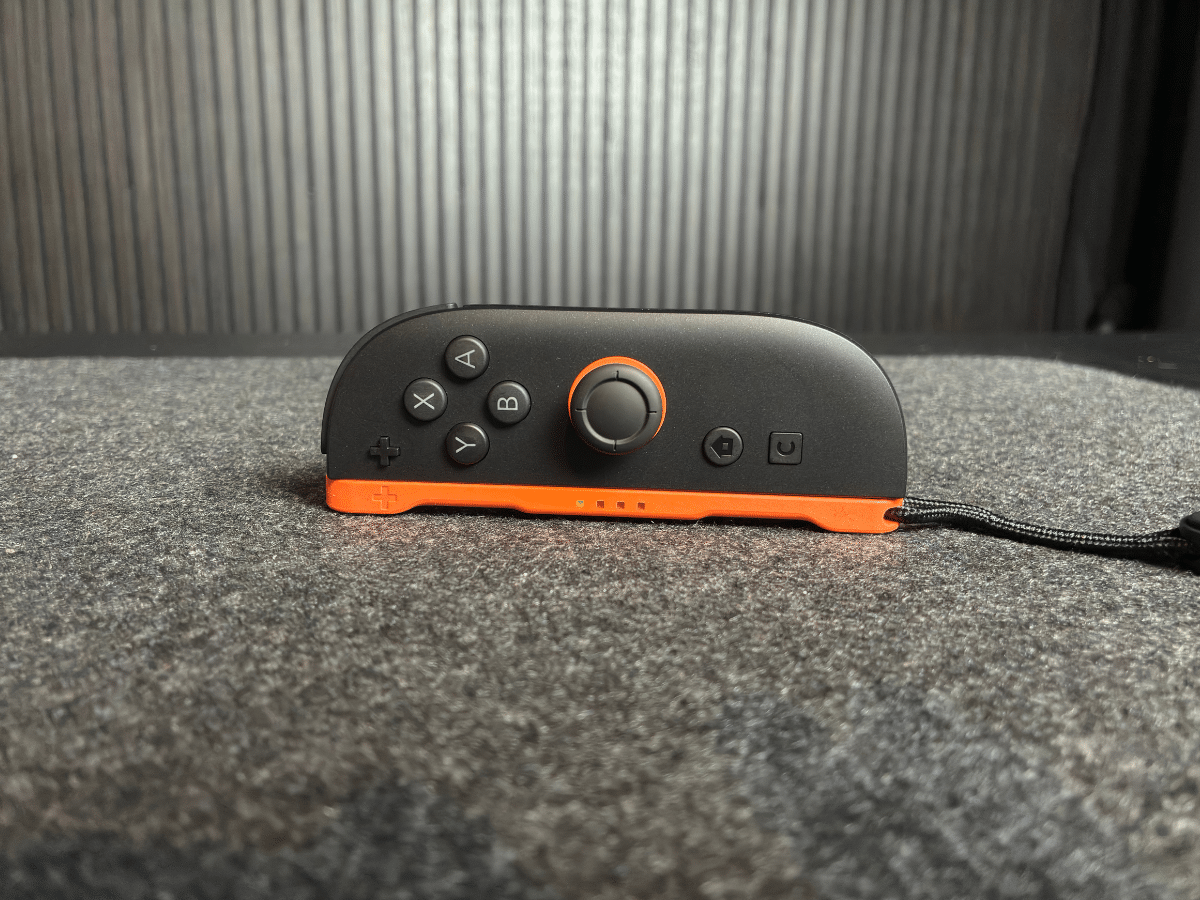
For something new you can also play in ‘mouse mode’, which allows you to effectively use one of the Joy-Cons as you would a PC mouse. Both Joy-Cons have an IR sensor on the inside of the grip, which when put face down on a compatible surface will instantly put it into mouse mode and kick up a little cursor on the screen you can use to navigate. It actually works very seamlessly, but I think Joy-Cons make for an exceptionally uncomfortable mouse – even with the strap accessory attached.
I played a few rounds of Fortnite with mouse mode, and while it technically worked, it wasn’t a great experience. You still have to use the ‘mouse’ Joy-Con as a controller, using the face buttons with your thumb, while also moving the device all over the desk, or leg, or whatever you’re using it on. It was a problem I had when I tested Metroid Prime 4: Beyond at the Switch 2’s reveal event, which suffered the exact same issues.
It think ‘mouse mode’ could work in the right context, maybe with a better grip accessory and better thought-out control schemes, but for now it does feel a little half-baked.
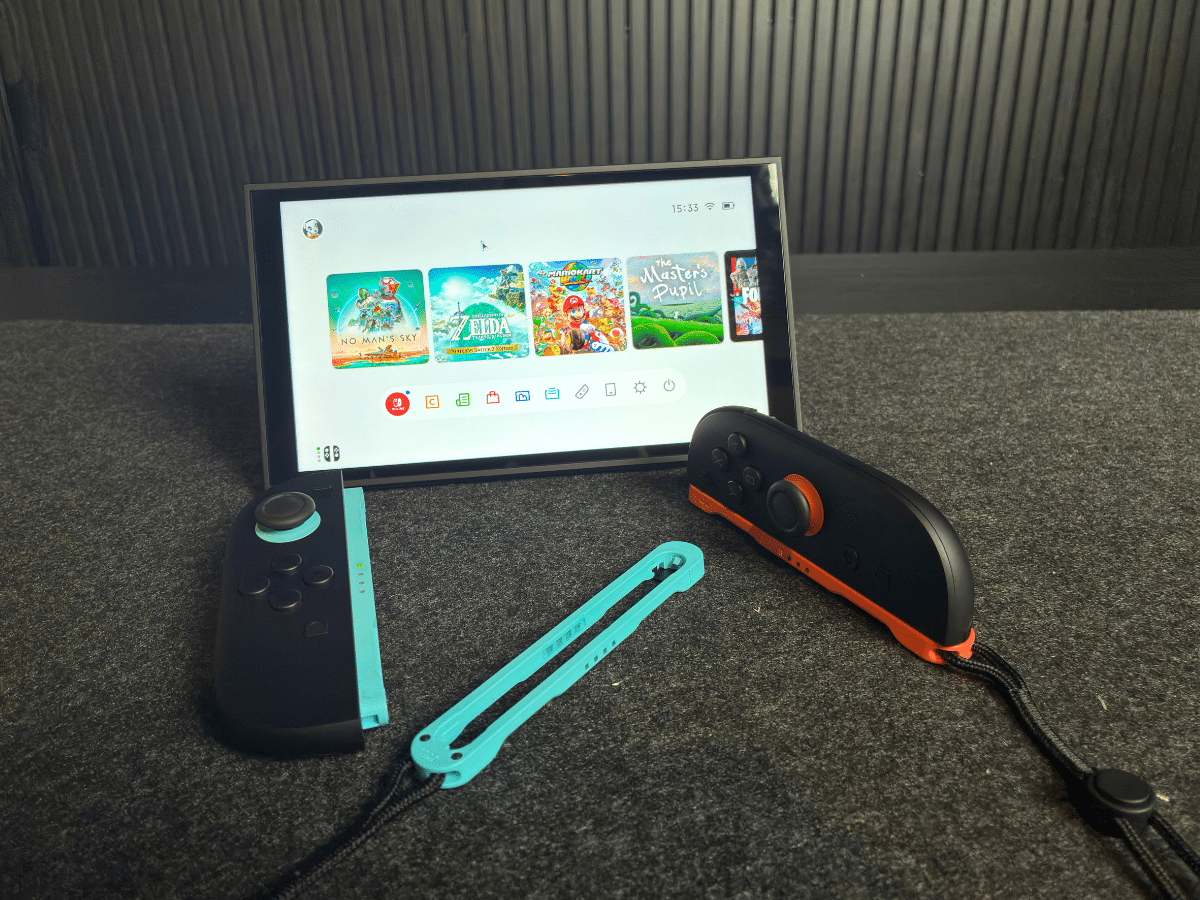
Scant Software
Now, in terms of software, we have to look at the launch lineup. I personally feel that the launch line-up is pretty lacking: you get the benefit of almost every Nintendo Switch game being compatible in some way with the new console, so avid users will have a huge back catalogue, but I typically want to play new things on a new console.
Mario Kart World is definitely Nintendo’s biggest game for the launch window, and while there’s plenty of people that’ll eat that up, it’s not for everyone. Cyberpunk 2077 is cool and all, but if you wanted to play that game you would have already found a way to do it – it came out 5 years ago.
The Switch 2 also features ‘upgrades’ to existing Switch 1 games, such as versions of the Switch’s two biggest Legend of Zelda Games, one of which originally launched on the WiiU in 2017 and has now been the swan-song title for the WiiU, the flagship launch title for the Switch, and a major launch title for the Switch 2. Breath of the Wild just keeps on trucking: I think the improvements made to both it and Tears of the Kingdom are great – both games run way, way better than they ever did on the older hardware – but is that worth the price of a whole new console, plus an upgrade fee?
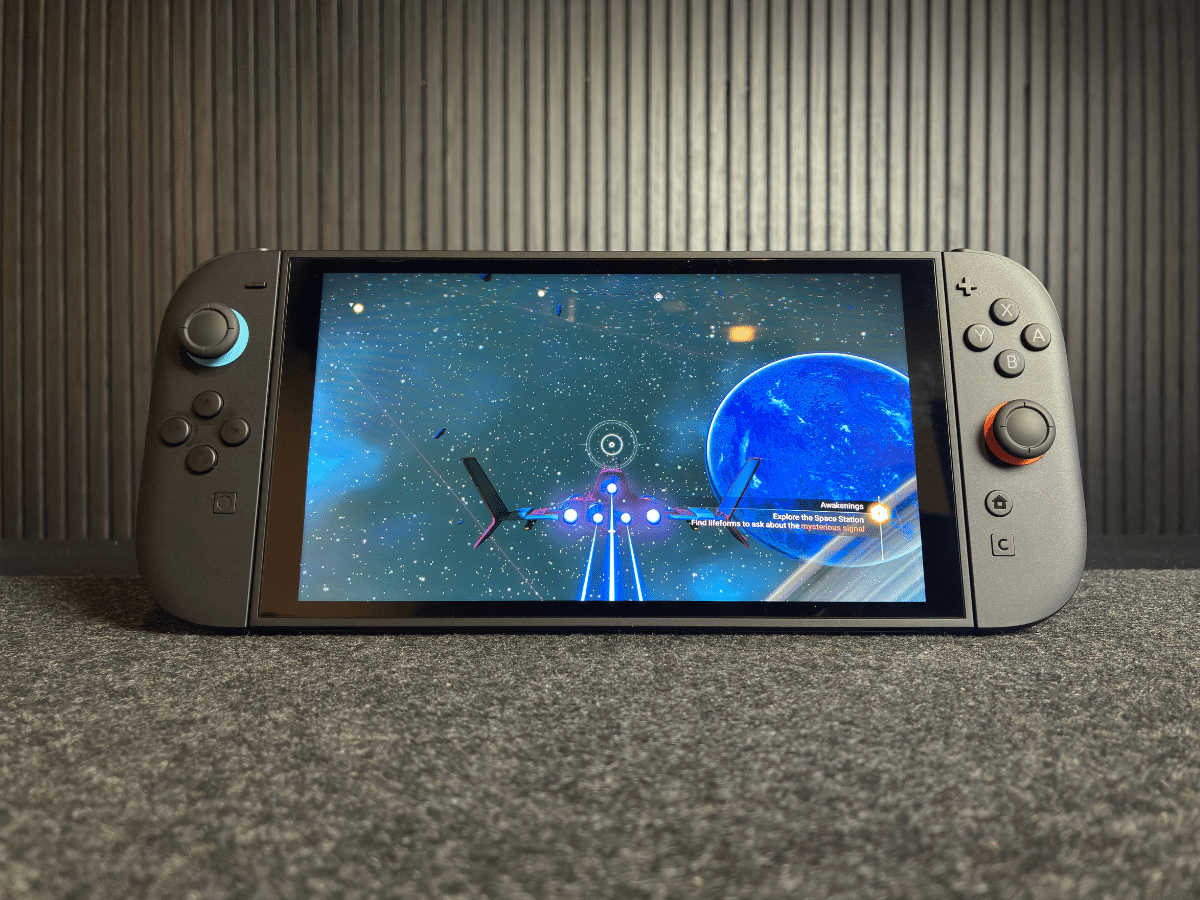
There are also a few games that have received free graphical and performance upgrades to take advantage of the better hardware, Super Mario Odyssey, No Man’s Sky, and the most recent Pokemon games, for example, and they do play quite a bit better on the Switch 2. No Man’s Sky in particular is stand out here—trying to jump into the original Switch version of that game came close to making me feel motion sickness with how it ran, but here it’s a smooth experience: not quite 60fps, but definitely comfy.
Free upgrades are always good, but I have some problems with how these updates have been delivered—it feels needlessly complicated in the most Nintendo way imaginable.
Some of them are baked in with the game download, such as Odyssey, while some other free upgrades need to be downloaded as a separate ‘Free Switch 2 Edition Upgrade Pack’, as with No Man’s Sky. Then you’ve got paid upgrade packs, like the Zelda games mentioned above, while some games have an alternate ‘Nintendo Switch 2’ version of the game itself, such as Fortnite, so you’ll have two versions of the same game in your library.
Depending on how Nintendo has chosen to showcase the game in the eShop, you’ll either know at a glance that a game is improved on the new console, need to dig into the game’s store page, or find out from the internet that there’s been a patch to buff it up. Again… needlessly complicated.
That’s not to say that the eShop isn’t improved: it’s honestly much faster, and better laid out than the previous version. If you spent any time using the original eShop you’ll know what I mean, it was incredibly slow and barely worked, and it’s like a night and day improvement here. No notes.
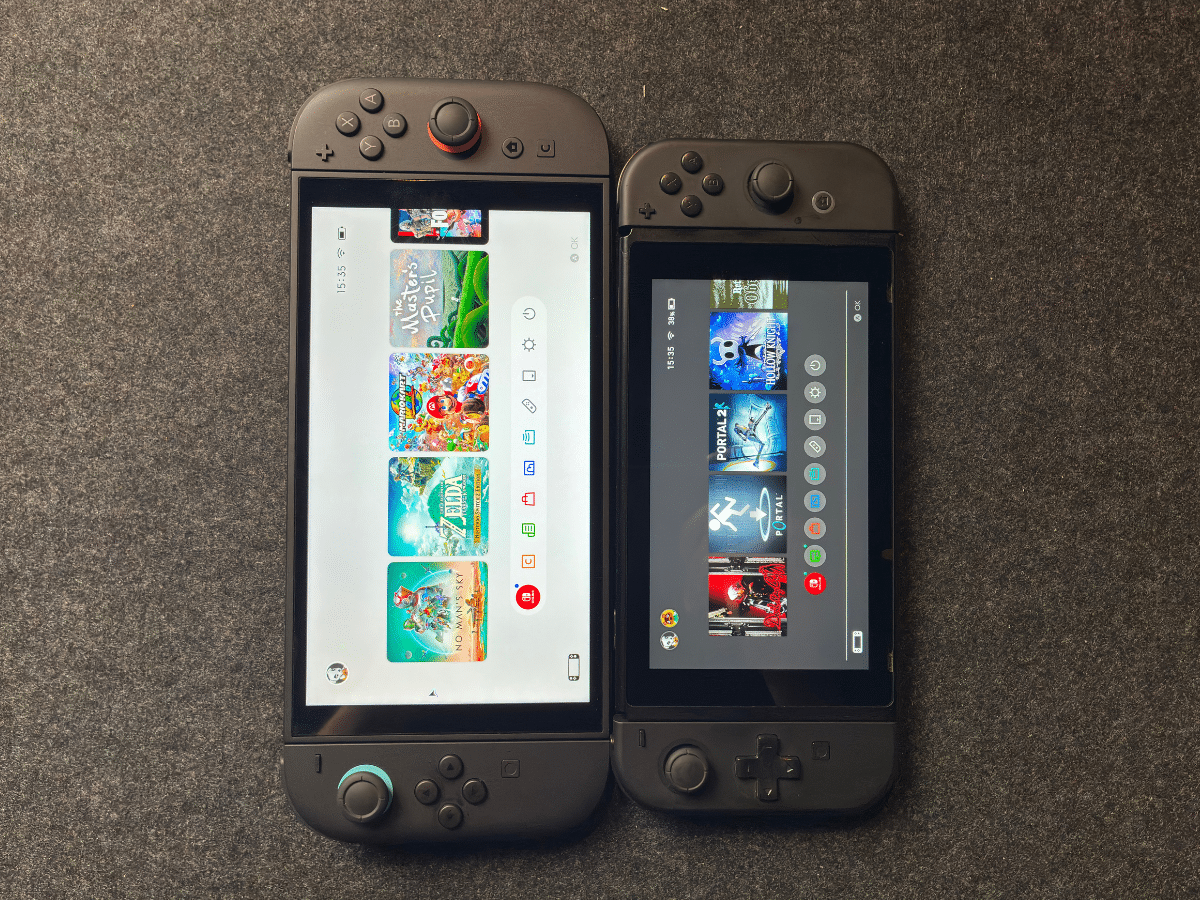
Man of Many’s Verdict
So, all that said, what do we think of the Nintendo Switch 2 as a whole? I know I’ve been pretty critical here, but that’s really just because the original Switch is still one of my favourite consoles, and I honestly think the Switch 2 is a massive improvement on the original console in most ways.
But, it’s important to take the good with the bad.
I am a bit frustrated by how uncomfortable it is during longer play sessions, but that’s mostly an issue for people like me who prefer to play in handheld mode. When docked, it plays great—especially with a Pro Controller, which I didn’t really touch on because it’s not in the box, but is also really good.
The OG Switch also launched with a pretty barren launch line-up, and now it has one of the best selections of games on the market. The Switch 2 will get there as well, I have no doubt, and there’s already some great looking games coming as soon as next month, let alone into the next year.
Hopefully, by then, you’ll be able to actually buy one.

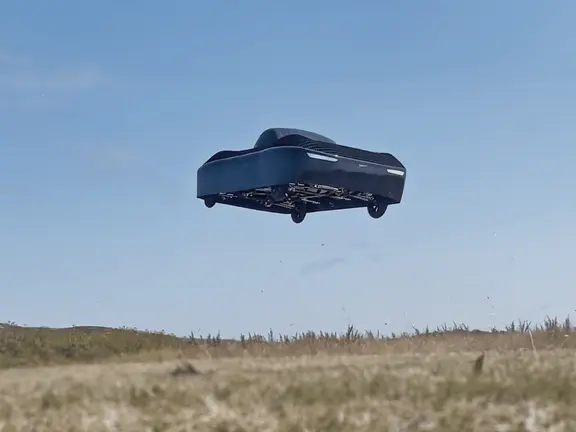








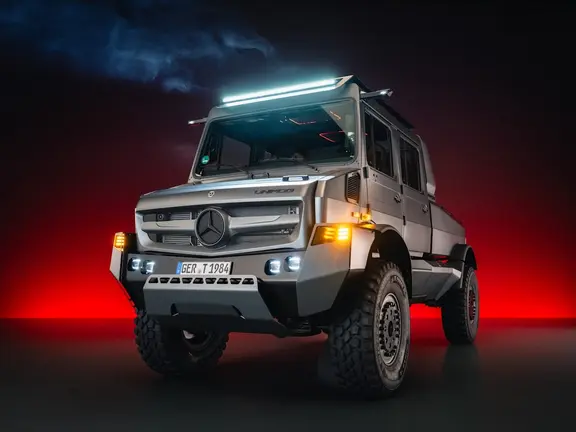








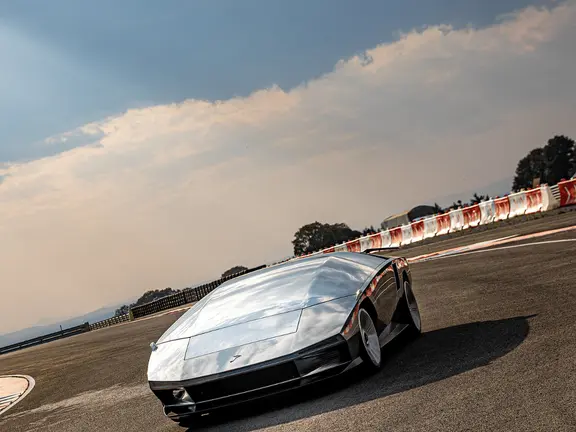
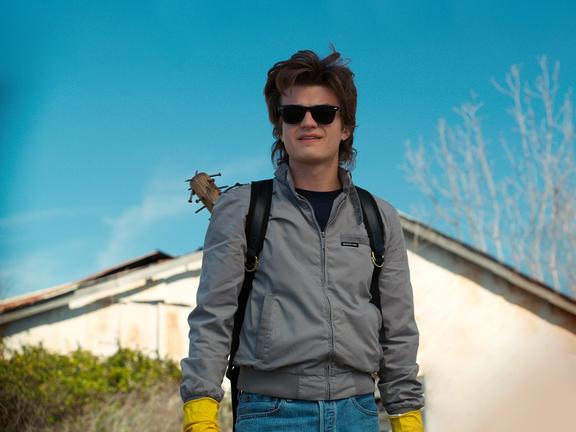



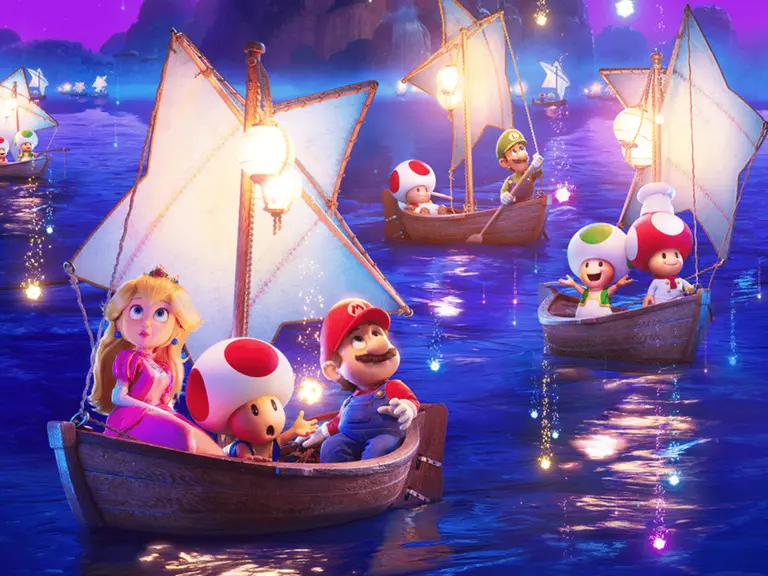

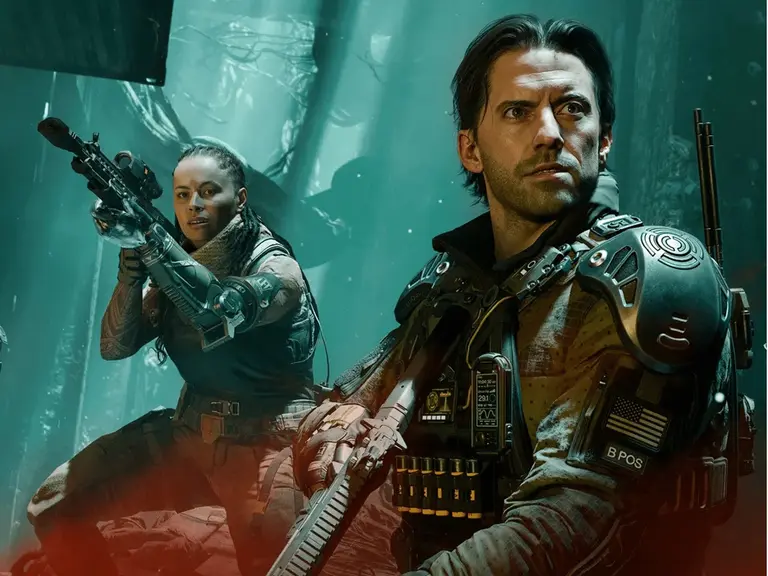



Comments
We love hearing from you. or to leave a comment.